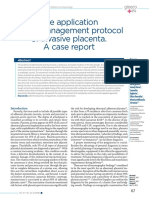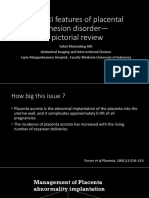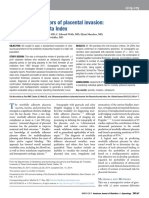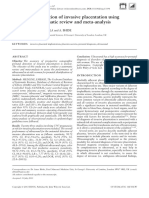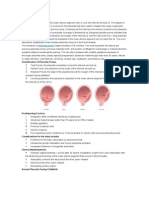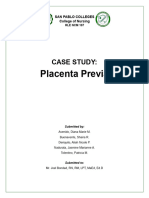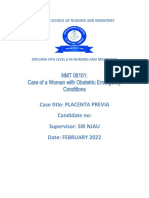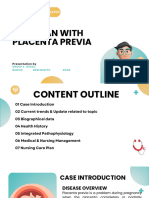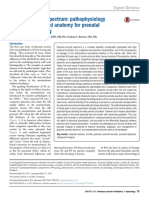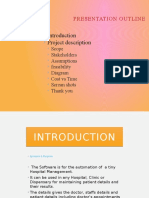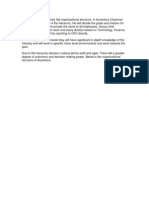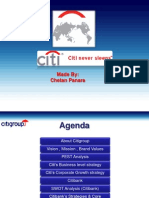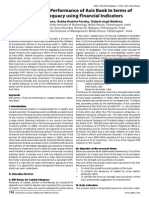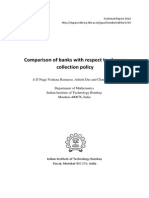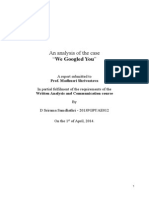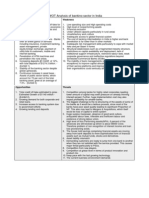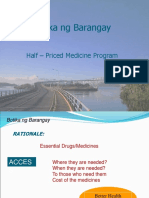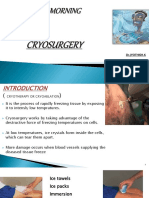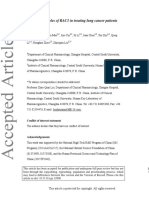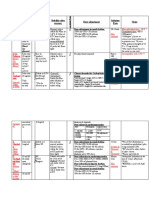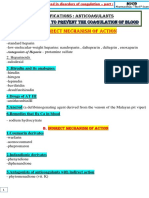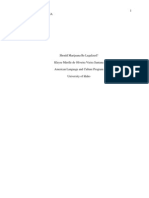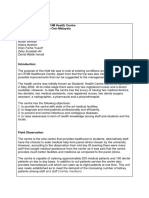CORRELATIVE EVALUATION OF THE
ABNORMAL INVASION OF PLACENTA INTO THE
MYOMETRIUM USING ULTRASONOGRAPHY,
COLOUR DOPPLER AND MRI AND MATERNAL
AND FETAL OUTCOME AT A TERTIARY CARE
CENTER
-Dr. S. Swetha
Guide:
Dr.J.Venkateshwar Reddy
Professor & Head,
Department of Obstetrics & Gynaecology
Gandhi Hospital
�NEED FOR STUDY
Invasive placenta is a life threatening condition
characterized by an abnormal invasion of the placenta
into the maternal uterus , posing serious risks for the
mother and the baby
Despite antenatal work up, diagnosis is made late at the
time of delivery when there is haemorrhage
Recent advances could allow a prenatal screening of
placenta accreta, increta and percreta
�AIM
To evaluate the abnormal invasion of placenta into the
myometrium in the pregnant women and to study the
maternal and foetal outcome
�OBJECTIVES OF THE STUDY
Prenatal detection of the abnormal invasion of the placenta in
the pregnant women
To reduce the complications associated with invasive placenta
To decrease the associated maternal and foetal morbidity and
mortality
�INTRODUCTION
Normally, the placenta attaches to the superficial layer
of the uterine cavity (decidua). The placenta must be
strong enough to anchor to this layer until the end of
pregnancy, but must detach immediately after delivery.
The decidua is very important in achieving this balance
because it controls the depth of invasion of the placenta
and orchestrates the ability of the placenta to release
when the baby is delivered. Therefore, if the decidua is
damaged or abnormal, an invasive placenta may
develop. This is most commonly seen in the area of a
scar on the uterine wall from a previous Caesarean
section or other uterine surgery.
Placental villous adherence is classified on the basis of depth of myomertial
invasion into:
Placenta accreta vera : (76%)
mildest form
villi are attached to the myometrium, but donot invade the muscle.
Placenta increta : (18%)
intermediate form
villi partially invade the myometrium
Placenta percreta : (6%)
most severe form
villi penetrate through the entire myometrium or beyond serosa
�STUDY DESIGN OF THE TOPIC
Prospective observational study
�INCLUSION CRITERIA
Pregnant women with:
Antepartum haemorrhage
Placenta previa
Previous Caesarean section/s
Uterine surgeries like myomectomy
Advanced maternal age
Uterine anomalies
Uterine artery embolization
Endometrial damage like curettage
�EXCLUSION CRITERIA
Patients in shock
Women with metallic valves in the heart
Women with prosthetic implants
�SAMPLE SIZE
A minimum of 100 cases
DURATION OF THE STUDY
2 Years
�MATERIALS AND METHODS
SOURCE OF THE DATA:
This study includes a minimum of 100 pregnant
women possessing the risk factors for invasive
placenta presenting to the Department of
Obstetrics and Gynaecology at Gandhi Hospital
Informed consent will be obtained from all the
subjects after explaining the nature and purpose
of study
All the patients are subjected to detailed history
and clinical examination using pre-designed
proforma
�METHOD:
Complete clinical examination
Blood investigations
Ultrasound
Abnormal colour doppler
MRI
�INVESTIGATIONS REQUIRED
Haemoglobin %, RBC count, Total Leucocyte count, Platelet
count, ESR
Renal Function Tests
Complete urine examination
Ultrasonography:
-18-20 weeks
-28-30 weeks
-34-37 weeks
Colour Doppler Study
MRI in selected cases with changes in colour doppler
�PROFORMA
Name
Age
IP No.
Booked/ Unbooked
Address
Socioeconomic status
Education
Presenting complaints
Obstetric history- LMP, EDD,S.EDD
Menstrual history
Past history
Family history
Personal history
General examination:
Height, Weight, Built, Nourishment
Temperature,Pulse rate,Blood pressure,Respiratory rate,
Pallor/Icterus/Pedal edema
Thyroid, Breasts, Spine
Obstetric Examination:
Ht of the uterus, presentation, lie,liquor, Previous surgical scars, Scar
tenderness, foetal heart rate
Systemic examination:
CVS,Respiratory system,CNS
Abdominal examination
Diagnosis
Management:
-Transfusion of blood/ blood products
-Gestational age at delivery
-Mode of delivery- Emergency/Elective LSCS
-Post partum period
-Condition at discharge/ Deaths
Baby details:
-Term/Preterm
-Weight
-APGAR - at 1min & 5min
-Resuscitation
-NICU admission
-Deaths/ condition at discharge
�OUTCOMES MEASURED
MATERNAL :
-No.of cases detected in the antenatal period
-No.of cases detected in the intrapartum period
-No.of maternal deaths
FOETAL:
-Viability of the foetus
-No.of preterm deliveries
-No.of NICU admissions
-Congenital malformations
-Perinatal morbidity and mortality
RESULTS
INTERPRETATION
REFERENCES
�Thank you
